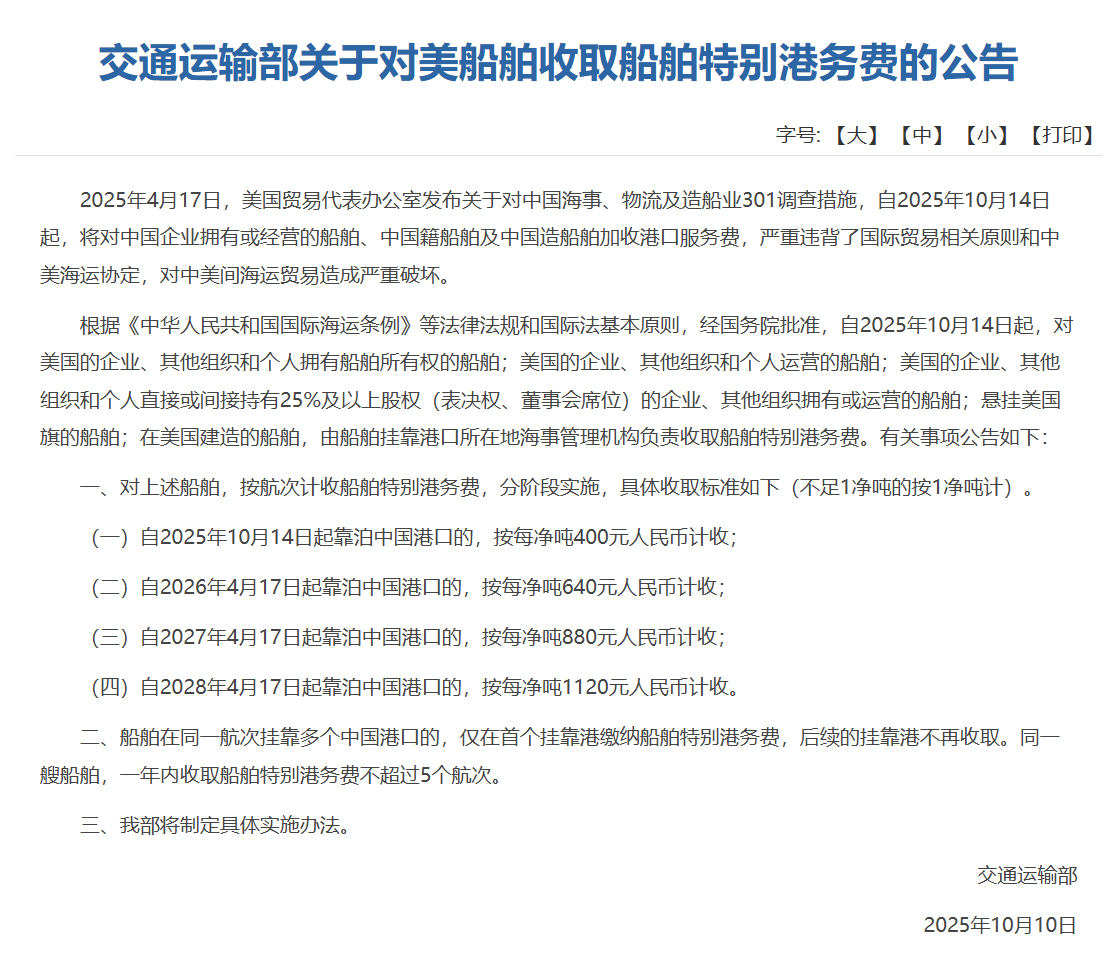
The Chinese government's objective of suppressing coal and lignite imports in November and December 2018 is adversely impacting demand for Panamaxes and thus rates. Nonetheless, we believe imports will be supported by winter and high-energy demand in the first quarter of 2019.
In the first three quarters of 2018, China’s coal imports increased swiftly due to rising demand for power generation. Up to September, the country’s seaborne imports of coal and lignite totaled 169 million tonnes—an increase of 7.6% over the same period of 2017.
However, there is now a reversal of this trend, as the Chinese government is allowing only limited imports in the fourth quarter of 2018, so that total coal imports in the year do not exceed those of 2017.
In order to control imports, authorities are tightening port restrictions, which are in turn delaying custom clearance. The resultant drop in coal imports to China is detrimental for the employment of Panamaxes, and consequently the dry bulk freight market.
Due to weak imports, employment opportunities will be affected primarily on the Indonesia-China and Australia-China routes, as 97% of Chinese imports are sourced from Indonesia and Australia, while the remaining are from Canada, the US and Colombia.
Regulation on imports dents employment of Panamaxes
The more stringent regulation on coal imports is adversely impacting vessel demand.
Given that the Chinese government intends to keep annual coal imports in 2018 equal to those of 2017, a mere 42 million tonnes of coal and lignite can be imported in the last quarter of 2018.
This will employ approximately 148 vessels — a loss of 41 vessels over those employed in fourth-quarter 2017.
A bearish outlook for Chinese coal imports and a consequent fall in the demand for Panamax vessels are undoubtedly influencing freight rates. In November voyage rates on Australia-China and Indonesia-China routes dropped by 10-12% on a monthly basis, with December also not looking promising as restrictions are unlikely to ease until 2019.
Hope still exists
But we believe disruption in the Panamax market will be temporary as China’s imports should rise in the early months of 2019, as cold weather is likely to keep energy consumption high. Furthermore, low coal prices could lift imports of other major consumers such as India.






